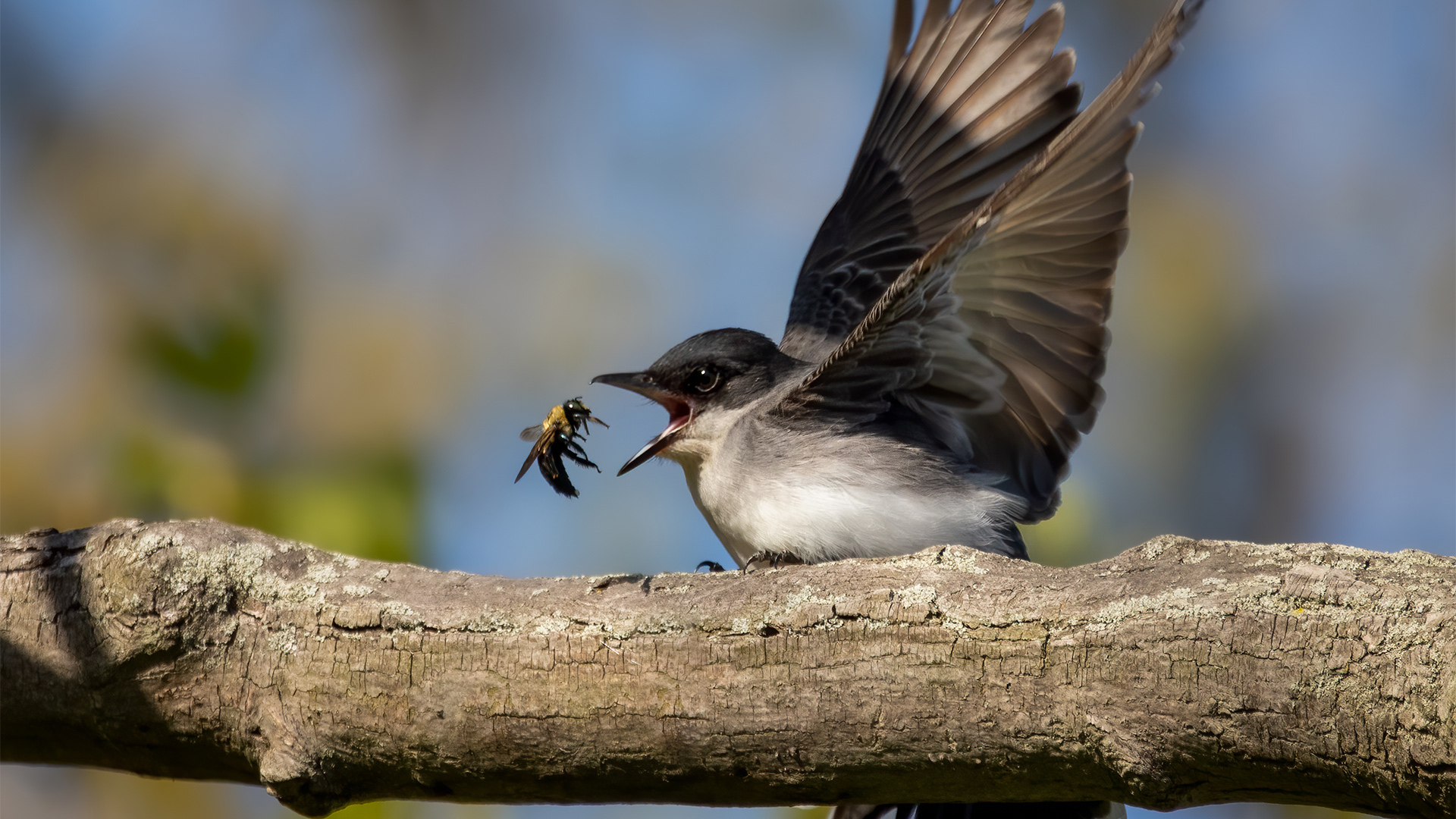The diversity of data in NatureCounts is one of its biggest strengths, but there are some important steps required to make them accessible and to understand the information they contain. The data represent different survey protocols, species, locations, and other variables, so data standards and interpretation are absolutely key to making them useful.
Putting the Data in Context
The first piece of this puzzle is something called metadata. Metadata is a standard set of information that accompanies every dataset in NatureCounts. It includes where, when, and how the data were collected, who collected them, and any other information someone might need to effectively use the data. It is also used to ensure that the data owner and collectors are properly acknowledged.
Leveling the Playing Field
Next we need to make sure that all the data are formatted in the same way. To do this, all data in NatureCounts are standardized using something called the Bird Monitoring Data Exchange format (BMDE). The BMDE is simply a consistent way of formatting the data…like a spreadsheet where the columns have a standard set of names and formats.
Formatting all the data into BMDE means that all the different datasets in NatureCounts can be used and analyzed together, regardless of how they were collected or what project they come from. The data are interoperable, and that helps users make the most out of them.
Not Just Raw Data
NatureCounts provides open access to much of the raw data that it houses, but it also shares interpreted results and data products that help people understand species and their populations. The data exploration tools on the NatureCounts website, for example, allow visitors to examine species maps according to breeding evidence, number of observations, and population trends. The State of Canada’s Birds website combines data from NatureCounts with expert analysis to report on the status of all birds in Canada.
Next section: Sharing Data













